Composting at home is beneficial for your garden, your wallet, the environment and supporting the ecosystem in your garden. Read my beginners guide to composting to help you get started.
Choosing a compost bin to suit your needs is an important decision before you get started. There are a few different types, that will be better suited depending on the size and site of your garden.
Benefits of composting
By producing your own compost you’re reducing the amount of household waste going to landfill. Instead, you are letting organic waste get back into the soil quicker.
Composting will improve the biodiversity in your garden by getting worms, fungi and insects working to breakdown your waste. As a result, you’ll be saving money on chemical fertilisers as your natural, rich compost will help your prized plants flourish.
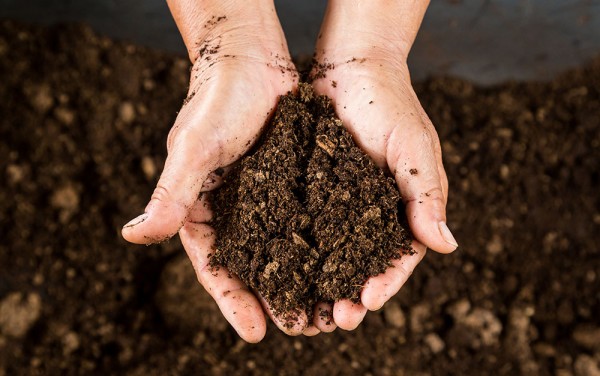
Pick plastic
Plastic compost bins are handy because you can put the materials in the top, and there is a hatch at the bottom. This hatch enables you to access the compost from underneath, whilst the rest of the compost decays towards the top.
Placing your compost bin directly on soil without a base will allow drainage and access to soil organisms to assist with the speed of composting. However, if the site is on a hard surface, add some soil to the bottom of the compost bin.
You can buy these from your local garden centre, and some councils offer them at a discounted rate, so be sure to check with them first.
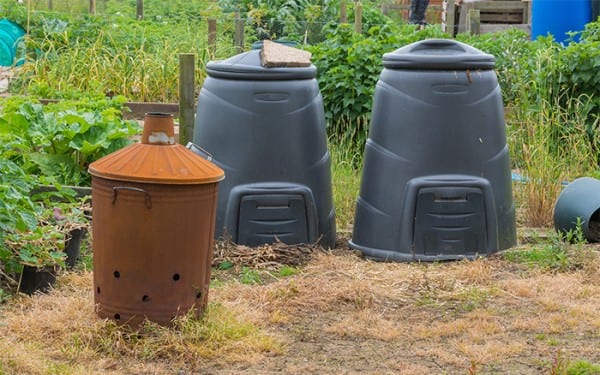
Why wood?
When starting from scratch, even beginners can make their own bins for composting.
You can make your own square wooden compost bin using wooden pallets or corrugated iron. They generally have no lids and slatted slides to keep air circulation at a maximum. However, it’s a good idea to cover with tarpaulin or an alternative to protect it from rain. Excess moisture in your compost bin can cause unpleasant odours. So, to solve this issue try adding dry materials and carbon-rich ‘browns’.
These bins are better for large gardens, that way you can position it away from your home, so you aren’t subjected to its stink if it begins to smell.
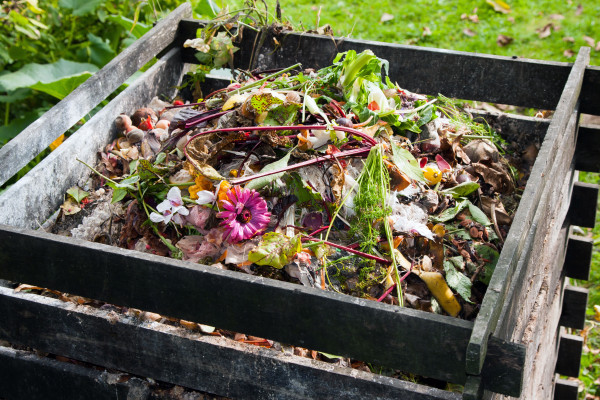
Try a tumbler
A tumbler bin is a cylindrical bin that rotates to speed up the composting process. Turning the tumbler means the organic materials are mixed and infused with fresh oxygen.
These bins aren’t for everyone however, the bin will need to be full to start. Also, once it’s started, nothing else can be added to the mix. Even though they produce compost faster that some other methods, it does involve being able to turn the tumbler yourself, so may not be perfectly suitable for anyone with back or shoulder ailments.
If you don’t feel like a tumbler is suitable for your needs, turning your compost frequently will accelerate the decomposition process, this will ‘fluff’ up your compost heap and create air pockets where oxygen can get inside.
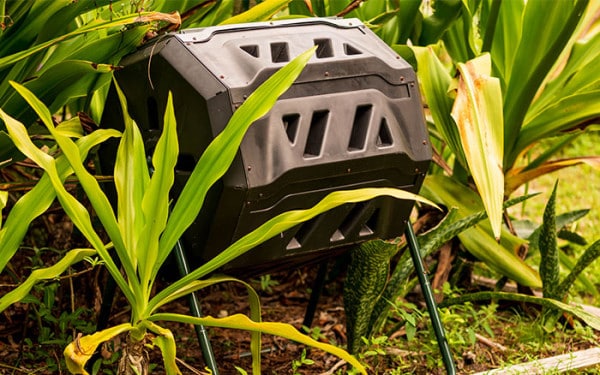
Now you’ve read my beginners guide, all that’s left to do is decide where you want to position your compost bin. Pick the best type for you and get composting. You’ll have natural compost made from your household waste in no time, whilst being kind to your garden and the planet at the same time.
David Domoney is a Chartered Horticulturalist, Broadcaster, and Author. David has worked with a number of the UK’s leading garden retailers as a plant buyer and strategic consultant. With more than 30 years experience, in horticulture, David is as passionate about plants now as he was when he bought his first plant at a village fete.

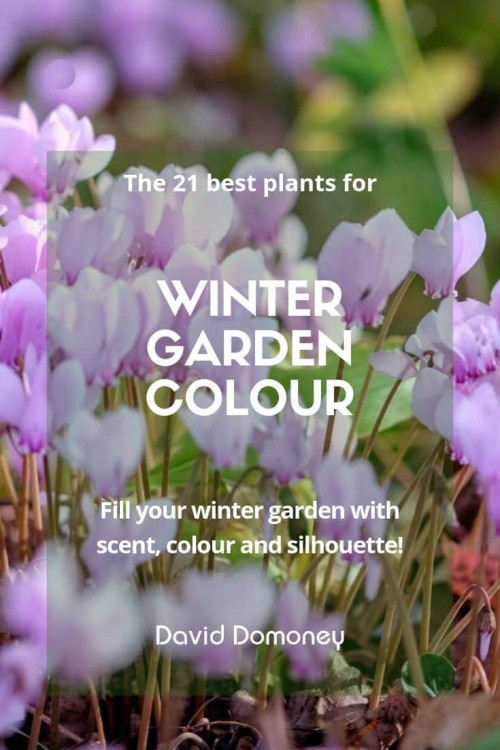


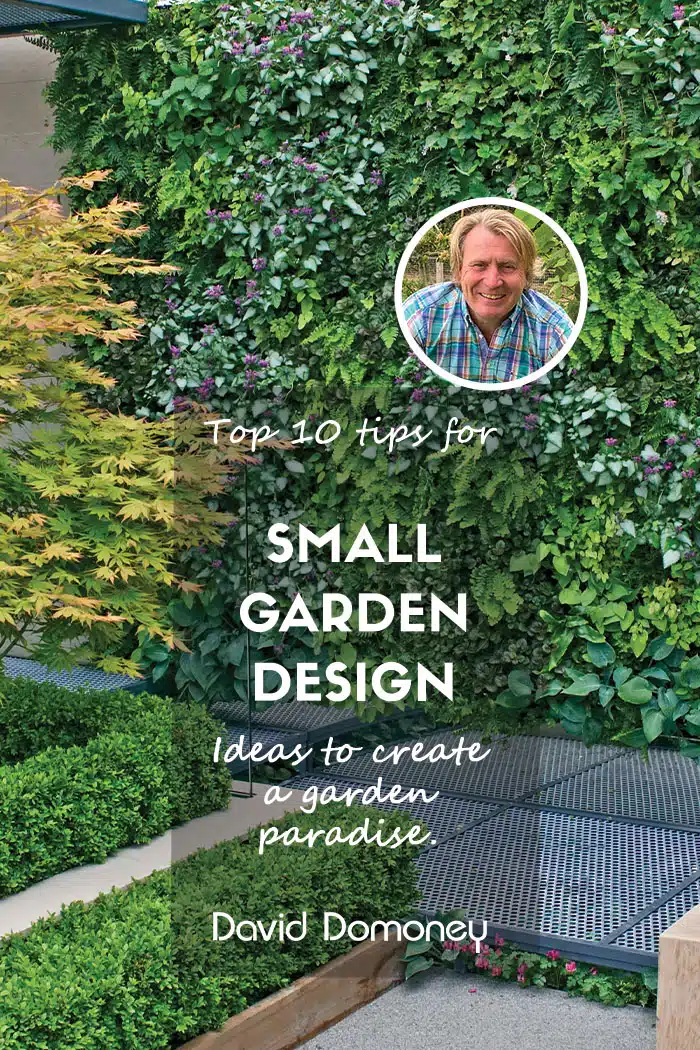
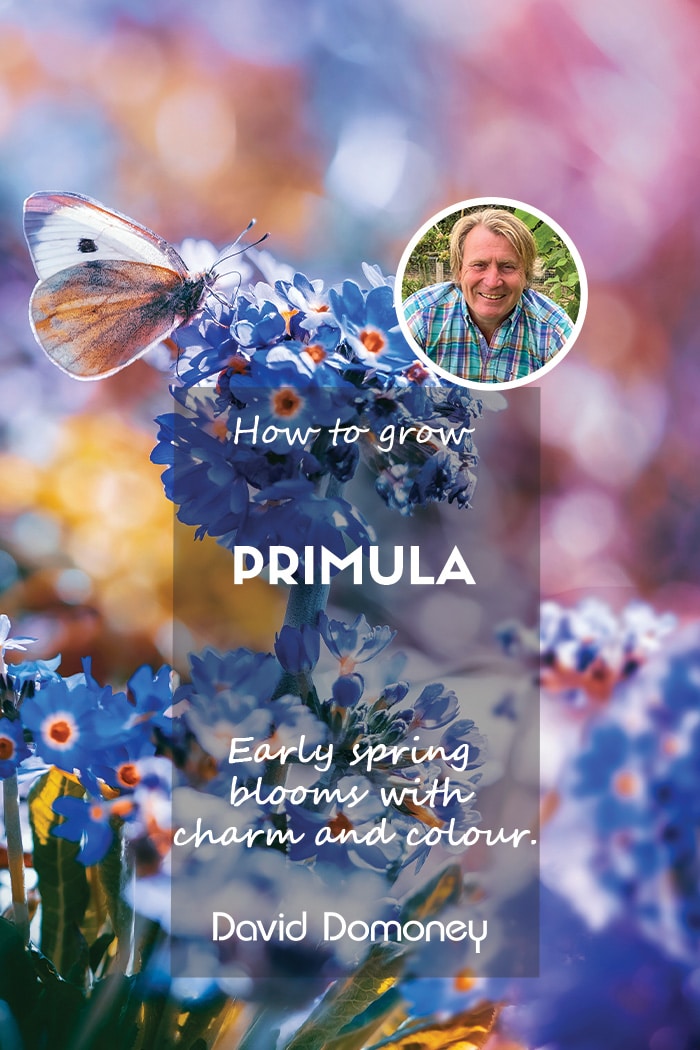
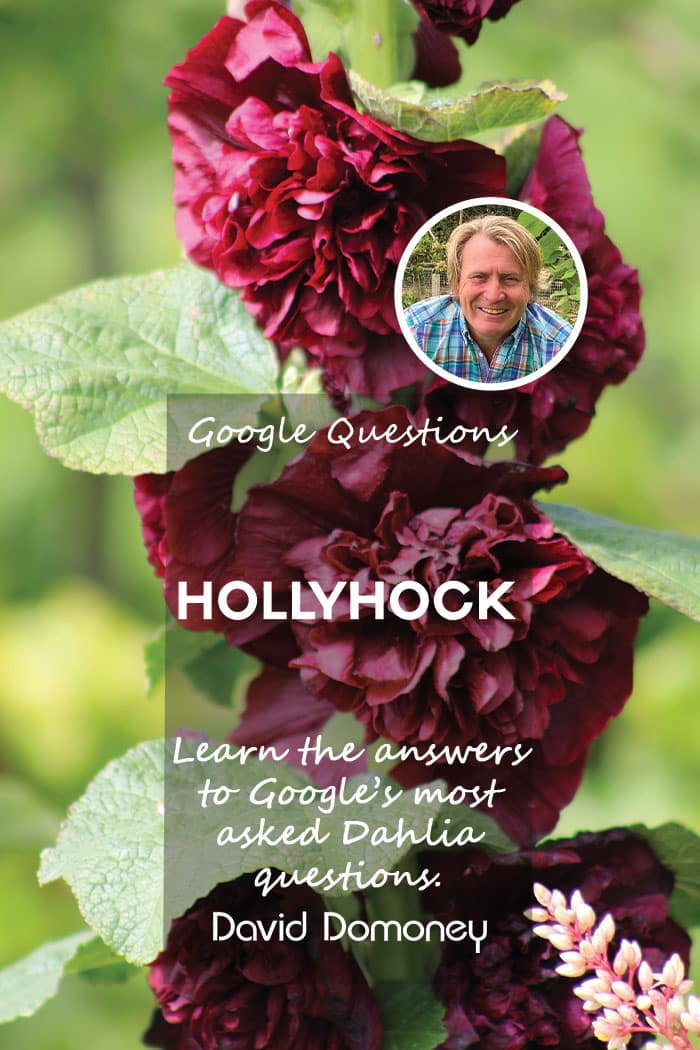
I would like a compost bin for my allotment